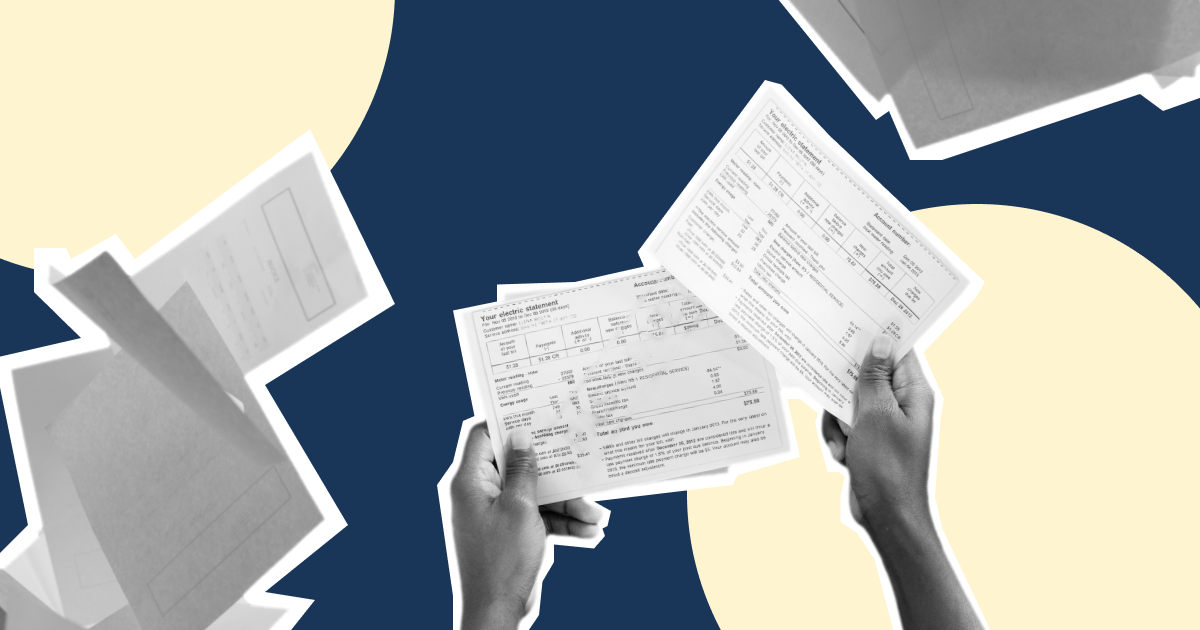Summary
Tracking your business’s progress is crucial to keep it on track. There are various ways in which you can keep an eye on your business performance. Calculating certain ratios on your revenue, sales, and cashflows is one way to go. But another important metric to track is accounts payable.
The accounts payable department is responsible for tracking what is owed to suppliers. Only when you combine accounts receivables, and accounts payables figures can you effectively track your cashflow management. In this article, we will go into what is accounts payable and accounts payable turnover meaning, the accounts payable turnover ratio, accounts payable turnover ratio formula, what is a good accounts payable turnover ratio and why keeping track of accounts payable turnover is important for your business.
What Is Accounts Payable Turnover?
The accounts payable turnover ratio is a metric of short-term liquidity used to quantify how quickly a business pays its suppliers. Accounts payable turnover meaning can be summarized as how a business settles its accounts payables throughout a period, say a month or a quarter.
In other words, accounts payable turnover can also be referred to as a business's short-term debt repayment to its vendors and suppliers. The quicker the business pays off its debt, the greater the accounts payable turnover ratio.
Example of Accounts Payable Turnover
To get a better understanding of how accounts payable turnover works, let’s take a look at an example.
For the fiscal year that ended on December 31, 2021, XYZ Company reported annual purchases on the credit of SGD 1,20,000. Of these, items worth SGD 10,000 were returned. At the start of the year, the company had SGD 12,000 in accounts payable and SGD 25,121 at the end of the year. The business wishes to calculate how frequently it paid its creditors over the fiscal year.
Accounts Payable Turnover Ratio = Net Credit Purchases / Average Accounts Payable
SGD 1,20,000 - SGD 10,000 / (SGD 12,000 + SGD. 25,121) / 2)
SGD 1,10,000 / SGD 18,560 = 5.92
The business’s accounts payable turnover ratio for the fiscal year is 5.92.
In isolation, this number may not make much sense. To get a real picture, the business needs to compare its accounts payable turnover ratio either with its past ratio or with the industry average.
Accounts Payable Turnover Formula With Calculation
The calculation for the accounts payable turnover formula is relatively simple. You must first choose the start and end points of the period you are measuring for. You will then have to examine your net credit purchases throughout that period, also known as total supplier purchases, divided by your accounts payable. In the absence of net credit purchases, you can alternatively substitute it for the cost of goods sold.
Accounts payable turnover formula calculations are mentioned below:
Net Credit Purchases (Total Purchases) / Average Accounts Payable = Accounts Payable Turnover Ratio
You can divide the sum of your accounts payable amount at the beginning and end of your accounting month by two to determine your average accounts payable.
For instance, the ABC Company made net credit transactions of SGD 5,00,000. At the start of the accounting period, it had SGD. 25,000 in payables, and it had SGD 30,000 at the end of the period.
Accounts Payable Turnover = SGD 5,00,000 / (SGD 25,000 + SGD 30,000) / 2)
Accounts Payable Turnover = SGD 5,00,000 / SGD 27,500 = 18.2
What Is A Good Accounts Payable Turnover Ratio?
Accounts payable turnover higher or lower is better? There isn't a magic number to define what is a good account payable turnover ratio. Your business may differ from your rivals, depending on factors like size. Due to their capacity to negotiate longer credit terms, large enterprises frequently have a substantially lower accounts payable turnover ratio.
Generally, a high accounts payable turnover ratio indicates that a business pays its suppliers promptly, whereas a low ratio indicates that a business pays its bills more slowly. If a company's ratio drops, it may mean that it won't be able to meet the standard credit payment terms and will be given a lower line of credit.
Interpretation of Accounts Payable Turnover Ratio
The rule for interpretation of the Accounts Payable Turnover Ratio is not very simple:

With an accounts payable turnover, the underlying reason for a company's high or low turnover ratio will determine whether it should be read positively or negatively.
Positive Scenario: If a company's accounts payable turnover is on the lower end due to its buying power or the capacity to cut prices and negotiate advantageous terms for the business, thus keeping the money longer in the business, then it is actually a positive scenario.
Negative Scenario: On the other hand, a company's accounts payable turnover may be low not because of its negotiating power but because it cannot pay its suppliers back even if it wants to.
In the latter case, the company is experiencing a liquidity problem, which is a warning sign that the business may need to restructure quickly or seek bankruptcy protection.
Difference Between Accounts Payable Turnover Ratio & Days Payable Outstanding
The days payable outstanding (DPO) ratio shows how many number of days on average, does a company take to pays its invoices, whereas the accounts payable turnover ratio measures the rate at which a business pays off its suppliers. The DPO essentially measures the number of days that bills have been outstanding, counted in terms of days. The accounts payable turnover ratio counts the number of times per year.
For days payable outstanding, use the following formula:
DPO = (Cost of Goods Sold / Number of Days) / Accounts Payable
When a company's accounts payable turnover ratio rises, it signifies that suppliers are being paid off more quickly than in previous periods, which reduces the number of days that payables are past due.
Use the following formula to determine Accounts Payable Turnover in Days:
(Average Accounts Payable / COGS) * 365 days.
Reasons To Care About The Accounts Payable Turnover Ratio
Businesses can easily get lost in data if they aren't attentive. There are three good reasons to pay attention to the accounts payable turnover ratio.
1. Offers Valuable Insights About Your Business
Although it may not be the first measure that accounting or finance departments look to, the accounts payable turnover ratio can give you a good indication of how your well your business is repaying its dues. The ratio helps you identify your cashflow situation and how well your business is paying off suppliers. Say, for instance, a deteriorating accounts payable turnover ratio might be an indicator that a company is experiencing economic difficulties and may need to improve the cash flow. An improving accounts payable turnover ratio may be an indication that debts and cash flow are being managed effectively, implying strong creditworthiness.
However, unless you are able to pay your suppliers on time, you may not be able to attract and maintain the relationships required for your business to function.

This takes us to the next point.
2. Helps Validate Supplier Relationships
For businesses, it can sometimes be challenging to obtain sincere feedback from their suppliers or even to gauge how strong the bonds between them are. The accounts payable turnover ratio is a reliable indicator of partnerships. Payables turnover ratios can also indicate whether a corporation is completing its responsibilities to its vendors or is at risk of losing that relationship. Finding new suppliers and contractors may be expensive, so having metrics that can assist firms in acting proactively can be helpful.
3. Can Show How Quickly or Slowly A Company Is Paying Its Bills
When your business is paying invoices too slowly, late fees are piling up, and furious suppliers are phoning or emailing you at odd hours of the day or night to ask where their money is. However, paying bills too soon is also a possibility. Generally, a company that finds itself short on operating capital or credit for new prospects may be paying off its debts a little too quickly. To pay accounting expenses rapidly, a business would wish to rethink whether it is incurring unnecessary debt or merchant costs. Understanding the Accounts Payable Turnover Formula can help.
What Happens if You Have A Poor Accounts Payable Turnover Ratio
A high accounts payable turnover ratio is generally preferable to a lower one. Lower ratios can signify that a business is having trouble making ends meet. A low ratio could discourage vendors from granting lines of credit when they analyse a company's finances.
Tips on Improving Your Accounts Payable Turnover Ratio
Enhancing your accounts payable turnover ratio can help you manage cash flow and ensure your business is financially stable. Fortunately, some tools and services can be used to streamline payments and find any problems with cash flow management.
The benefits of investing in accounts payable automation solutions with electronic purchase orders, payables automation, automated three-way match, and automated B2B payments include quicker and less expensive invoice processing, higher compliance, fewer disputes, and improved supplier relationships.
Knowledge of days payable outstanding allows accounts payable to establish more effective payment schedules and record supplier discounts. By efficiently performing hard and laborious tasks, Aspire enables your team to concentrate on the projects that matter the most.
To ensure on-time vendor payments, our accounts payable functionality makes it simple to manage payment statuses and lets you make payments using the payment methods of your choice. Even bulk processing can be aided by its robust API, providing your team with future scalability. Spend your precious time on other profitable projects, and let us manage your accounts payable turnover.


.png)








%201.webp)


.webp)